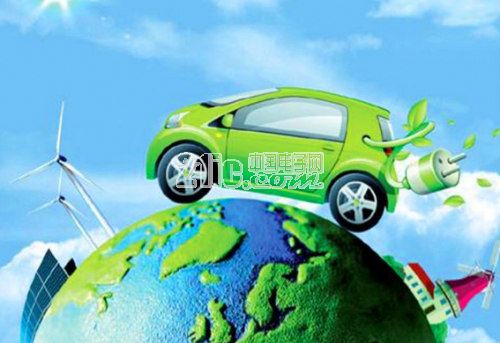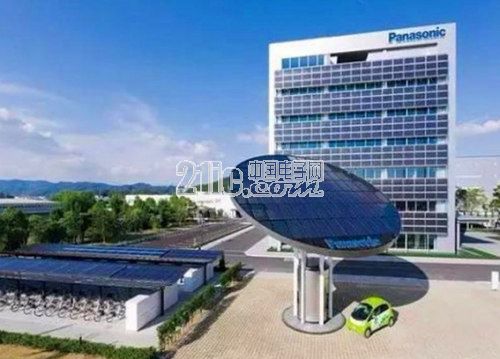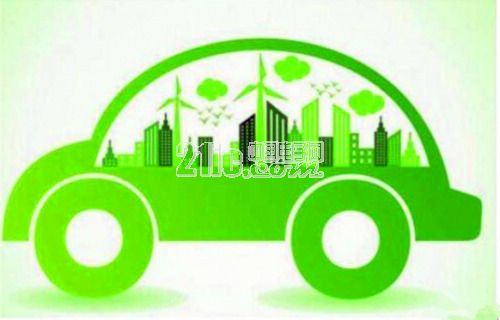According to the data released by the China Association of Automobile Manufacturers, in June 2017, the cumulative production and sales of new energy vehicles from January to June reached 212,000 and 195,000 units respectively, showing a growth of 19.7% and 14.4%. Despite the overall sluggish market trend this year, the new energy vehicle sector stood out with impressive figures. Experts suggest that while these numbers are eye-catching, more attention should be paid to the internal driving forces behind the industry’s growth. Let's explore this topic with our automotive electronics editor.
At the national strategic level, China’s new energy industry has laid a solid foundation. The development of this sector is still in the stage of technological maturity and industrial cultivation. At this point, it is crucial for both the government and enterprises to work together to address common challenges such as high costs, insufficient infrastructure, and technical bottlenecks. This collaboration is essential for the industry’s sustainable growth and transformation.
With coordinated efforts from various ministries, the chaotic subsidy system for new energy vehicles has largely been resolved. China remains committed to developing its new energy automobile industry. Under the guidance of "Made in China 2025" and the medium-to-long-term development plan for the automotive industry, the strategic top-level design of the new energy sector is becoming increasingly comprehensive, serving as a fundamental driver for industrial development.

Government and enterprise collaboration is essential for the continued success of the new energy vehicle industry. At a recent symposium on the promotion and application of new energy vehicles, the government emphasized the importance of "three overall planning" and "four innovations." It clearly stated that it will always adhere to the national strategy of developing new energy vehicles. This shows a strong commitment to strategic coordination and long-term development in the sector.
The speech highlighted the importance of coordinating the entire industry chain, industrial layout, and development and security. These elements form the strategic framework of the new energy automobile industry. Meanwhile, the four major innovations—battery innovation, charging innovation, vehicle innovation, and mechanism innovation—provide clear directions for the industry's future path. China is currently leading the world in terms of top-level design for new energy vehicles.
Chinese brands and multinational companies are now competing more actively in the new energy market. While subsidies have played a role in the past, the industry is transitioning toward a more market-driven model. This shift is necessary for long-term sustainability and competitiveness.
Historically, Chinese brands dominated the new energy vehicle market due to supportive policies and local efforts. In 2016, self-owned brands accounted for 99.5% of sales, while joint ventures made up only 0.5%. However, this lack of competition led to an unregulated market. To promote higher quality and technological upgrades, the entry of global players is essential.
Since 2017, multinational automakers have accelerated their presence in China. Companies like Volkswagen, Tesla, and Daimler have formed partnerships or invested heavily in the local new energy sector. Their strategies include building battery factories, expanding charging networks, and introducing new models tailored to the Chinese market.

BMW Brilliance recently passed environmental approval for its battery assembly project, signaling its readiness to start production. Panasonic also announced plans to build a state-of-the-art battery factory in Jiangsu, aiming to produce 100 million batteries annually by 2017. These developments show the growing investment in the sector.
General Motors (GM) is also ramping up its new energy initiatives. It plans to launch two-thirds of its new energy vehicles in China between 2017 and 2020. As consumer demand grows, especially among younger generations, the market for electric vehicles is expected to expand rapidly.

Younger, tech-savvy consumers in first- and second-tier cities are driving the adoption of new energy vehicles. Surveys indicate that nearly 70% of consumers are open to pure electric vehicles. These vehicles offer faster acceleration, lower noise levels, and a more modern feel—key attractions for the younger generation.

As the market evolves, the focus is shifting from policy support to consumer demand. While challenges like high purchase prices, limited battery life, and inadequate charging infrastructure remain, consumer acceptance is steadily increasing. This trend is expected to accelerate the marketization of the new energy vehicle industry.
Industry experts note that although the new energy auto sector is not yet fully mature, the strong national strategy, competitive efforts from domestic and international players, and growing consumer awareness provide a solid foundation for future growth. With continued innovation and collaboration, the industry is well-positioned for long-term success.
This concludes our overview of the development of automotive electronics, particularly in the context of new energy vehicles. For more detailed and updated information, stay tuned to our platform. We aim to provide you with comprehensive insights into the evolving landscape of the automotive industry.
Power Bank
Power Bank,solar power bank,Cell Phone Portable Charger,Portable Power Bank for Laptop
Pogo Technology International Ltd , https://www.wisesir.net